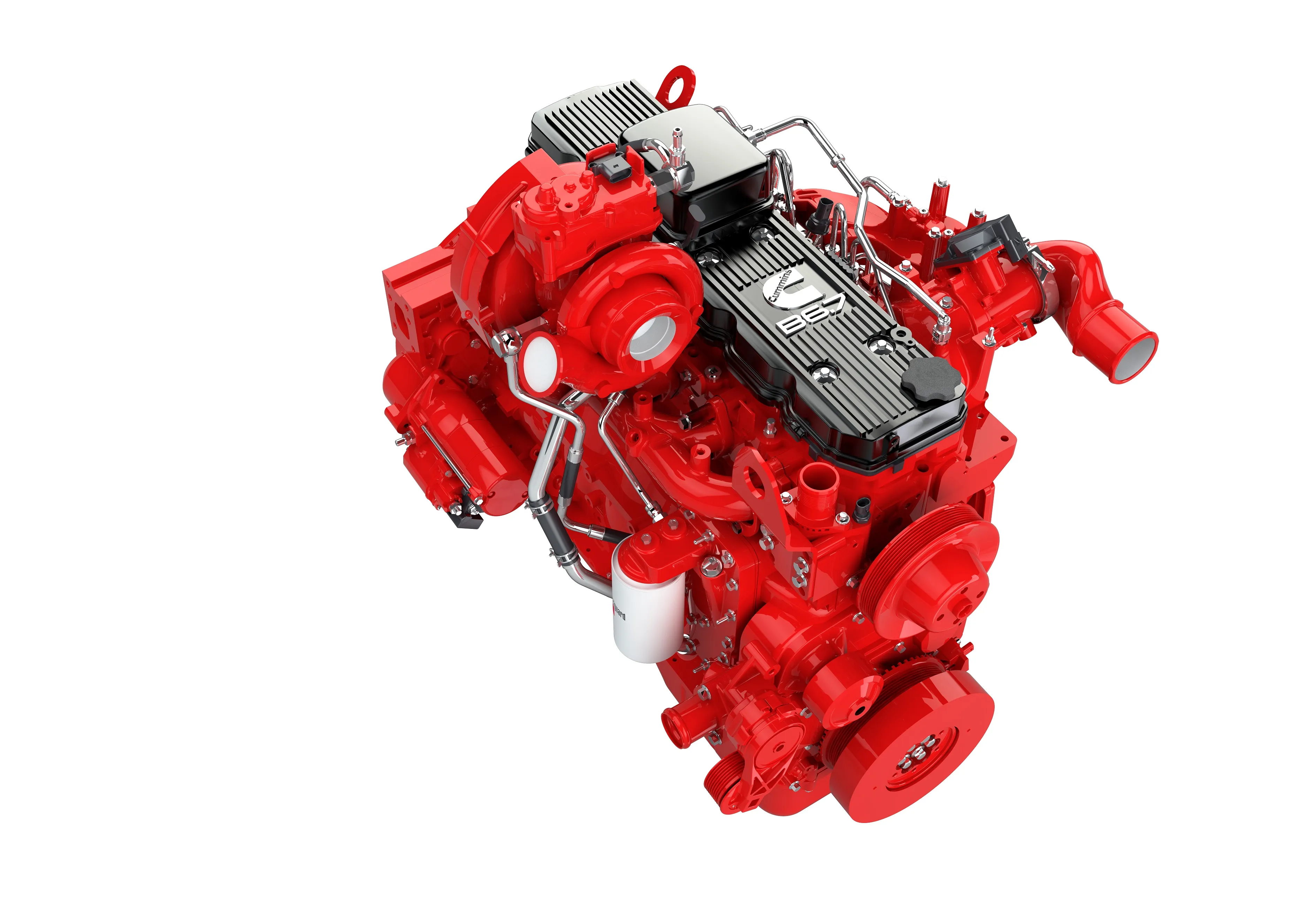Palfinger achieved record revenues in 2012 of US$1.251 billion (€935.2 million) – a year-on-year rise of 10.6%. The Austrian manufacturer of cranes, hydraulic lifts, loading and handling systems says the increase was mainly due to strong trade in North America, South America, CIS and the global marine business sector, as well as the continuation of a consistent internationalisation policy pursued in recent years. A further positive trend was said to be observed in other non-European regions. Meanwhile, in E
February 12, 2013
Read time: 2 mins
The Austrian manufacturer of cranes, hydraulic lifts, loading and handling systems says the increase was mainly due to strong trade in North America, South America, CIS and the global marine business sector, as well as the continuation of a consistent internationalisation policy pursued in recent years. A further positive trend was said to be observed in other non-European regions. Meanwhile, in Europe the high revenue level achieved in the previous year was maintained.
Further annual Palfinger report figures revealed that the AREA UNITS segment posted 42% revenue growth. Company EBIT increased slightly by 0.8% to €68.5 million from €67.9 million in 2011, despite the stepping up of resources outside Europe. In contrast, the EBIT margin decreased from 8% in 2011 to 7.3% last year. Palfinger believes the EBIT margin fall is primarily due to its regional shift in revenue and the lower margins in the non-European areas, which are still at the development stage. The shift in product mix in Europe – from large cranes with a high contribution to earnings to smaller systems – is also said to have contributed to the margin becoming lower.
Palfinger says it achieved a milestone in its development strategy during 2012 by agreeing two joint ventures with the
In line with Palfinger’s dividend policy, which provides for around a third of the annual profit is to be distributed to shareholders, the Management Board has proposed that a dividend of €0.38 per share be distributed this year.






